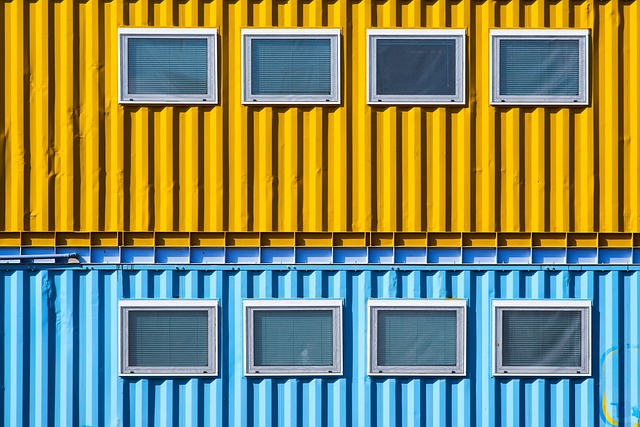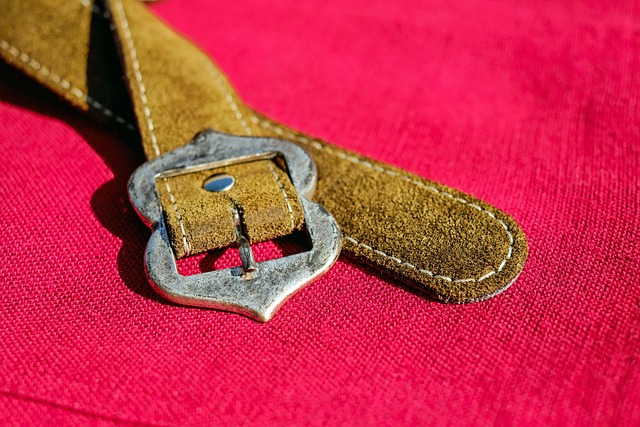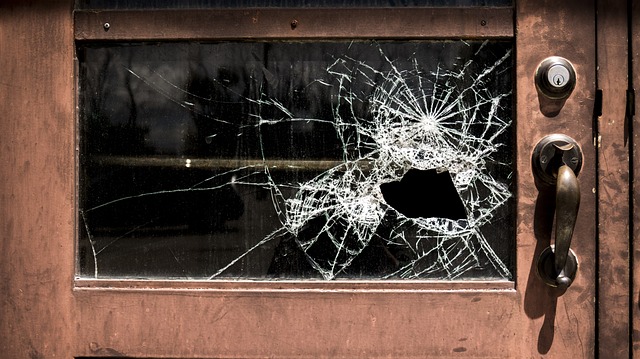Metal fabrication is a crucial element in shaping modern commercial landscapes, providing versatile and durable metal structures tailored to diverse business needs. Through advanced techniques such as cutting, bending, welding, and finishing, raw materials are transformed into precise components integral to buildings, bridges, and infrastructure. This meticulous process ensures structural integrity, longevity, and safety while accommodating unique design requirements for optimal performance. Advanced materials like steel, aluminium, and stainless steel, combined with sophisticated methods like CAD software, laser cutting, TIG/MIG welding, powder coating, and galvanization, elevate the quality of metal structures designed for commercial settings. These structures enhance both structural integrity and aesthetic appeal, catering to diverse industry needs from office frameworks to warehouse systems, and showcasing the vast potential of metal fabrication in transforming commercial spaces.
Professional-grade commercial metal fabrication is a game-changer for businesses seeking innovative, durable solutions. This in-depth exploration delves into the multifaceted world of creating custom metal structures tailored for commercial spaces. From understanding its pivotal role and reaping benefits like enhanced aesthetics and structural integrity to exploring advanced materials and techniques, this article offers a comprehensive guide. We present compelling case studies showcasing successful implementations, highlighting how metal fabrication transforms commercial landscapes.
- Understanding Commercial Metal Fabrication: Its Role and Benefits for Businesses
- The Process of Creating Metal Structures for Commercial Spaces
- Materials and Techniques Used in Professional-Grade Metal Fabrication
- Case Studies: Successful Implementations of Metal Fabrication in Commercial Settings
Understanding Commercial Metal Fabrication: Its Role and Benefits for Businesses

Metal fabrication is a cornerstone in the construction and development of modern commercial spaces, from intricate architectural elements to robust structural frameworks. Commercial metal fabrication involves transforming raw metal materials into precise, custom-designed components tailored for various business needs. This process encompasses a wide range of techniques, including cutting, bending, welding, and finishing, enabling the creation of complex metal structures for commercial use.
Businesses across industries benefit from metal fabrication’s versatility and durability. It offers lightweight yet strong solutions, ideal for constructing or renovating commercial buildings, bridges, and other infrastructure. Customized metal components enhance structural integrity, ensuring longevity and safety. Moreover, advanced manufacturing techniques allow for precise design implementation, catering to unique business requirements.
The Process of Creating Metal Structures for Commercial Spaces

The process of creating metal structures for commercial spaces involves several intricate steps, each demanding precision and expertise. It begins with detailed design planning, where architects and engineers collaborate to conceptualize the desired metal structure, ensuring it aligns with the building’s aesthetics and structural requirements. Computer-aided design (CAD) software is utilized to create precise blueprints, allowing for a clear visualization of the final product.
Once the designs are finalized, the fabrication process commences. Skilled metal fabricators cut, bend, and weld various metal components according to the specifications outlined in the CAD models. Advanced machinery, such as laser cutters and robotic welders, ensures accuracy and efficiency. As the metal pieces take shape, quality control measures are implemented at each stage, guaranteeing compliance with safety standards and structural integrity for commercial applications.
Materials and Techniques Used in Professional-Grade Metal Fabrication

In professional-grade commercial metal fabrication, a wide array of materials and advanced techniques are employed to create durable and aesthetically pleasing metal structures for commercial use. The choice of material often depends on factors like structural integrity, cost, and intended application. Commonly used metals include steel, aluminium, and stainless steel, each offering unique advantages. Steel, for instance, is renowned for its strength and versatility, making it ideal for building frameworks, supports, and heavy-duty equipment.
Techniques employed in this grade of fabrication are equally sophisticated. These involve computer-aided design (CAD) software to create precise blueprints, laser cutting for intricate designs, and advanced welding methods like TIG (Tungsten Inert Gas) and MIG (Metal Inert Gas) welding, ensuring robust and seamless connections. Additionally, surface treatments such as powder coating and galvanisation are applied to enhance corrosion resistance and visual appeal, further elevating the quality of metal structures intended for commercial settings.
Case Studies: Successful Implementations of Metal Fabrication in Commercial Settings

Metal fabrication plays a pivotal role in shaping the modern commercial landscape, with its versatile applications enhancing structural integrity and aesthetic appeal across various industries. Case studies abound, showcasing successful implementations of metal fabrication in commercial settings, from robust industrial buildings to sleek retail spaces. These projects highlight the adaptability of metal structures for commercial use, offering durable solutions tailored to specific functional and design requirements.
For instance, many modern office complexes incorporate metal frameworks, providing lightweight yet strong support for expansive glass facades that maximize natural light and create a striking visual impact. In logistics, metal fabrication is integral to designing efficient warehouse systems, optimizing space utilization and enhancing material handling processes. Furthermore, custom metal structures cater to unique commercial needs, such as specialized equipment enclosures or artistic installations in public spaces, demonstrating the vast potential of metal fabrication in transforming commercial spaces.
Professional-grade commercial metal fabrication is a game-changer for businesses seeking innovative and durable solutions. By understanding the process, materials, and successful case studies, companies can leverage metal fabrication to create iconic metal structures for commercial use. These custom designs not only enhance aesthetics but also offer long-lasting durability and functionality, making them a strategic investment for any business looking to stand out in today’s competitive market.
